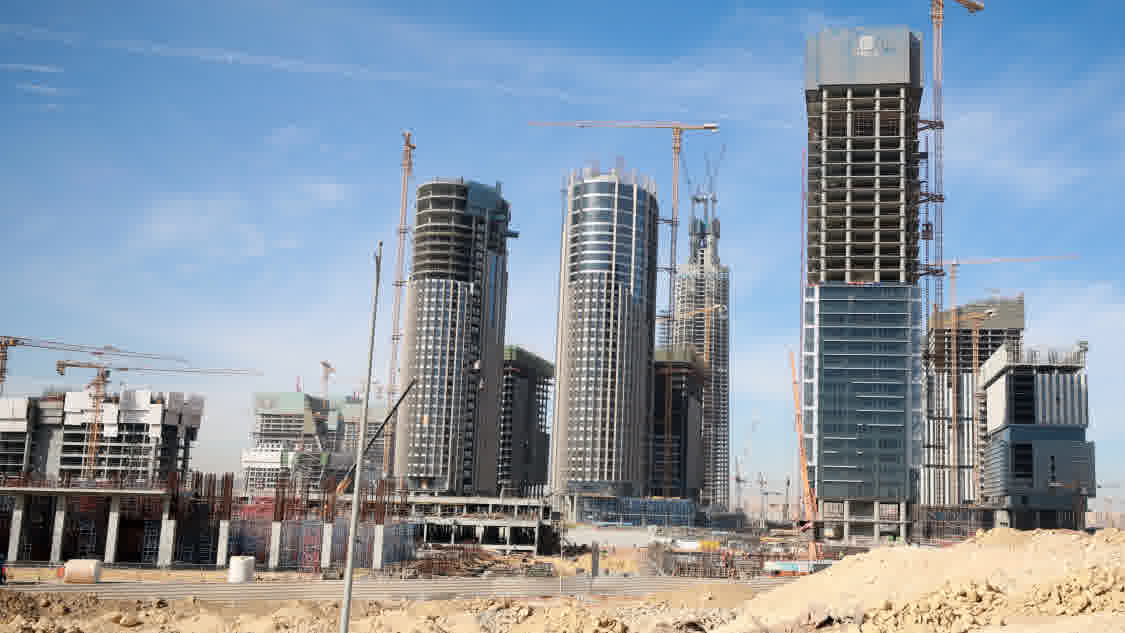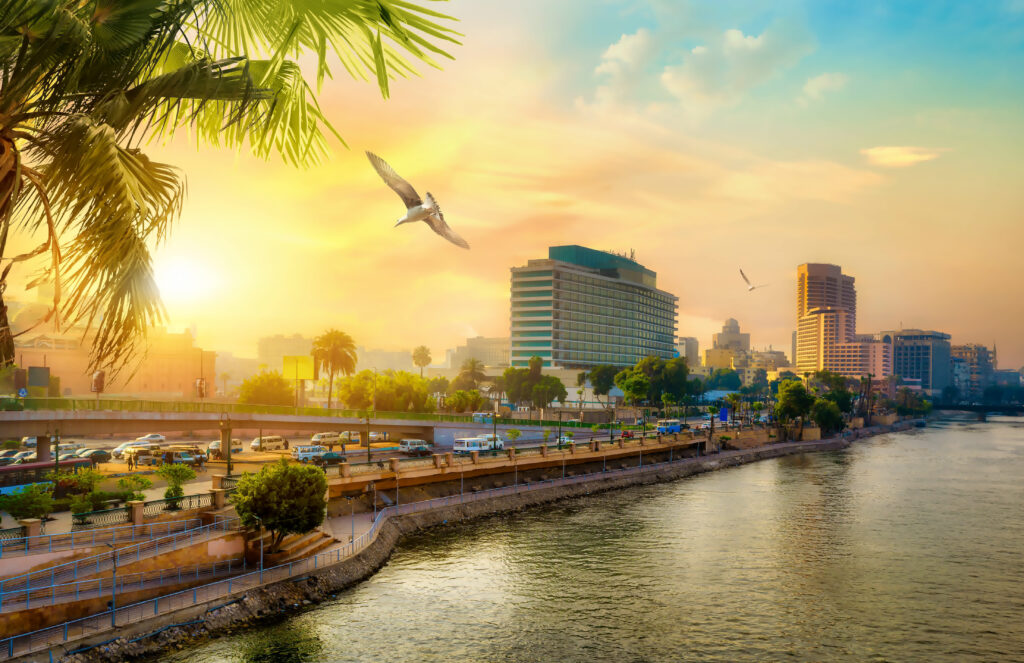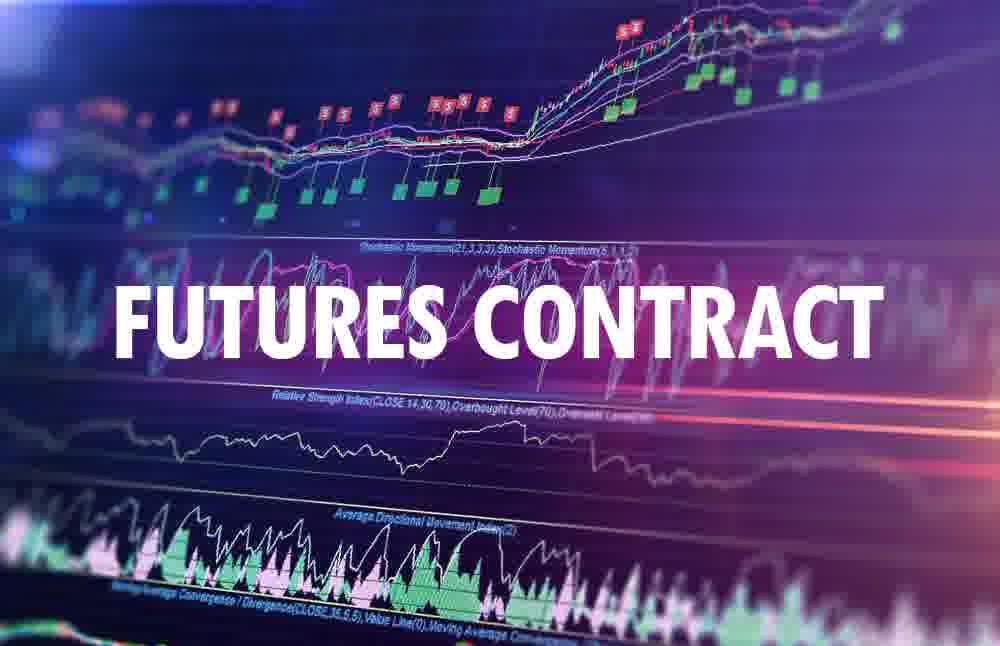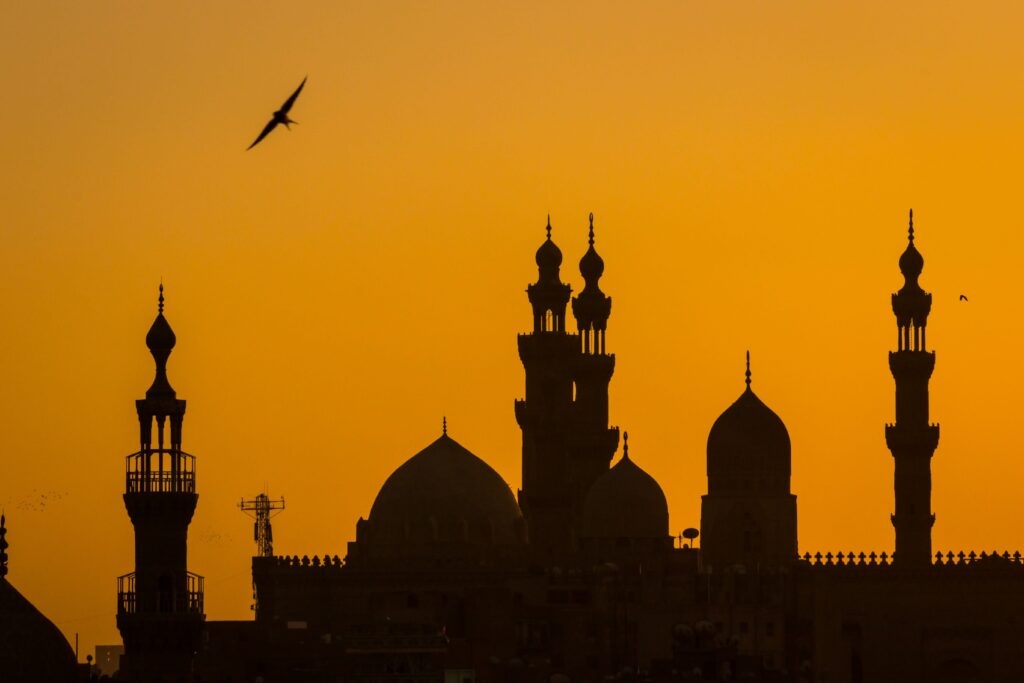Trial of Facebook
A federal judge has ruled that the US Federal Trade Commission (FTC) can file a lawsuit against the Facebook owner, Writes The Guardian.
Mark Zuckerberg, the owner of Meta — which also owns Facebook, Instagram and WhatsApp — has appealed to the court for the second time to dismiss the trade commission’s antitrust complaint. Judge James Boasberg has now ruled that the FTC’s review action must be upheld.
The FTC is asking the court to declare that the owner of Facebook has been in a monopoly position for years, and is abusing its position, which would cause an obligation for the company to sell its Instagram and WhatsApp apps.
The Guardian has noted that this is one of the largest legal proceedings the US government has launched in recent decades against any technology company.
The commerce committee initially sued Facebook during the Trump administration, and its complaint was rejected by the court last June. The complaint was amended in August and added further details to the charge that the company giant has made it impossible for its rivals to acquire it. Meta’s platforms are used by 2.8 billion people worldwide every day.
A company spokesperson for Meta said that he was confident the company would win in court. It was also added that “the current decision narrows the FTC’s scope by rejecting allegations about our platform policies. It also acknowledges that the trade committee is facing a “big task” to support its position on two acquisitions approved years ago,”.
Read more from Us












